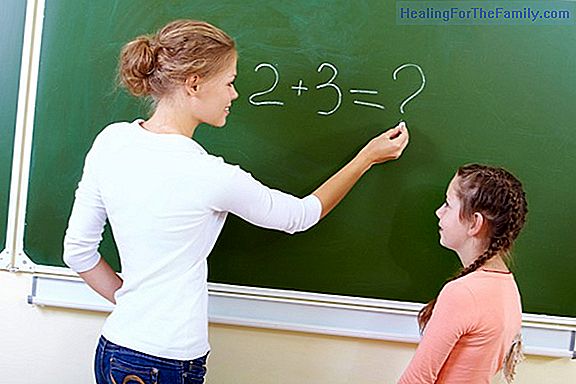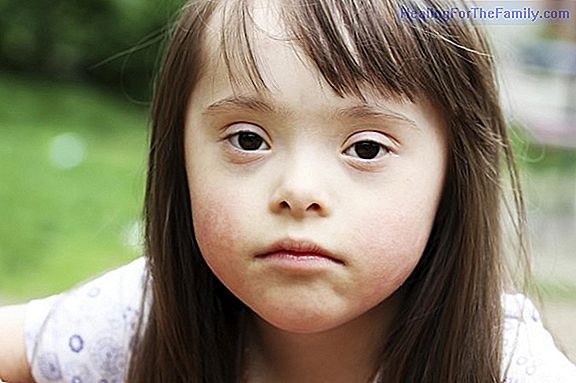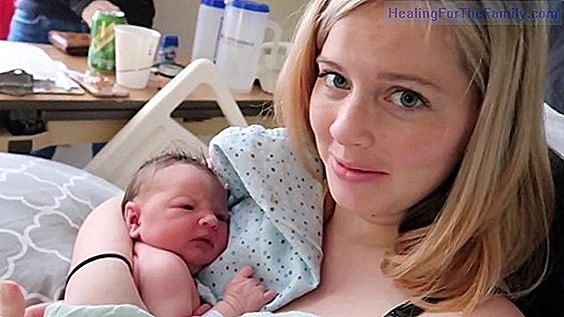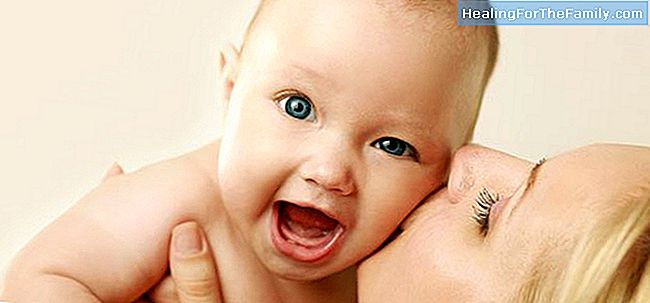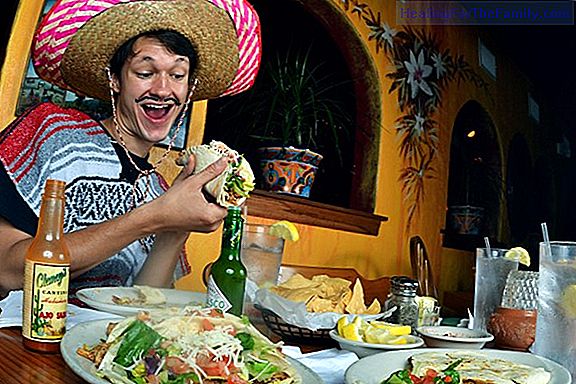The beginning of the baby's crawling step by step
The development of the baby happens sequentially, this means that one skill helps another to emerge. It is progressive, always accumulating first simple functions to give way to those that are more complex. All the parts of the nervous system act in a coordinated way to facilitate the development, a
The development of the baby happens sequentially, this means that one skill helps another to emerge. It is progressive, always accumulating first simple functions to give way to those that are more complex.
All the parts of the nervous system act in a coordinated way to facilitate the development, and each area interacts with the others so that an orderly evolution of the skills occurs.
How is the baby's motor development? The direction that the development follows is linear, from top to bottom according to the law of cephalo-caudal development, that is, from the head to the feet. And also from the center of the body outward, according to the law of proximal distal development. In this way
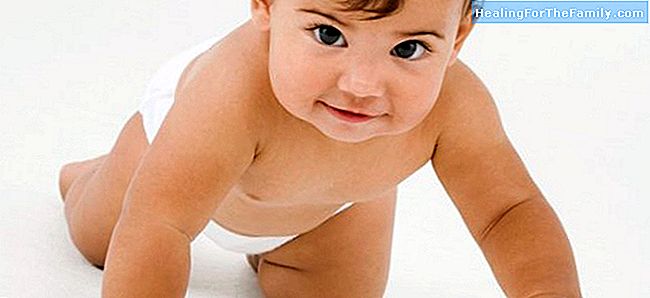
the ability to crawl will happen approximately towards the end of the first year, around 9 months, taking into account that each baby has its own rhythm of development, and that crawling does not appear in all children, and it is more, in all the babies it is not equal.To describe the development of the movement, it is divided into:
coarse motor and fine motor. The gross motor area is the one that has to do with the postural control, locomotion and body coordination, while the fine motor is more related to the manual eye coordination, graphomotor skills, etc.Taking into account the laws of development, the first evolutionary milestone, in terms of the child's motor skills, should be cervical control, that is,
hold the head, around 3-4 months. After sitting without support, later balancing on all four limbs when crawling and finally, about one year of age, stand and walk.How babies begin to crawl
Thus, once the child can keep his head erect and hold on to his arms, the child must learn to roll over, crawling movements and walking require partial movements of body rotation, that they are independent between the shoulders and the hip and at the same time that they are synchronized. There are biomechanical and psychological factors that intervene in the development of crawling, balancing, coordination, body dimension and strength developed in the limbs.
Below are some guidelines to encourage crawling, once the child has sat without support, and is ready to put in that position:
The first thing, with which the babies begin to move, are with their hands, Standing behind the child, you can direct your legs to make the synchronous movement with your hands and start the crawling.
The most important thing is that the child wants to moveand use any part of their body to do so.When the baby is sitting, it is necessary to help him to support his hands forward, then bend his knees and direct his feet back, with a empu light jostle when swinging
, in this way he will be supported in a crawling position.Once in a crawling position, the baby will gradually learn to move from the sitting position to the crawling position and will discover that he can swing from front to back when he is in that position.Later you will see that if you press against the ground with your knees you will give a little boost, just to start crawling. And finally, he will learn to move from sitting to crawling position starting, then, to perfect his technique until he crawls perfectly towards 12 months.
In short, thanks to the crawling, vision, touch, speech, handicrafts, orientation and perception are developed, as well as other functions such as movement or balance, which are also very important.


